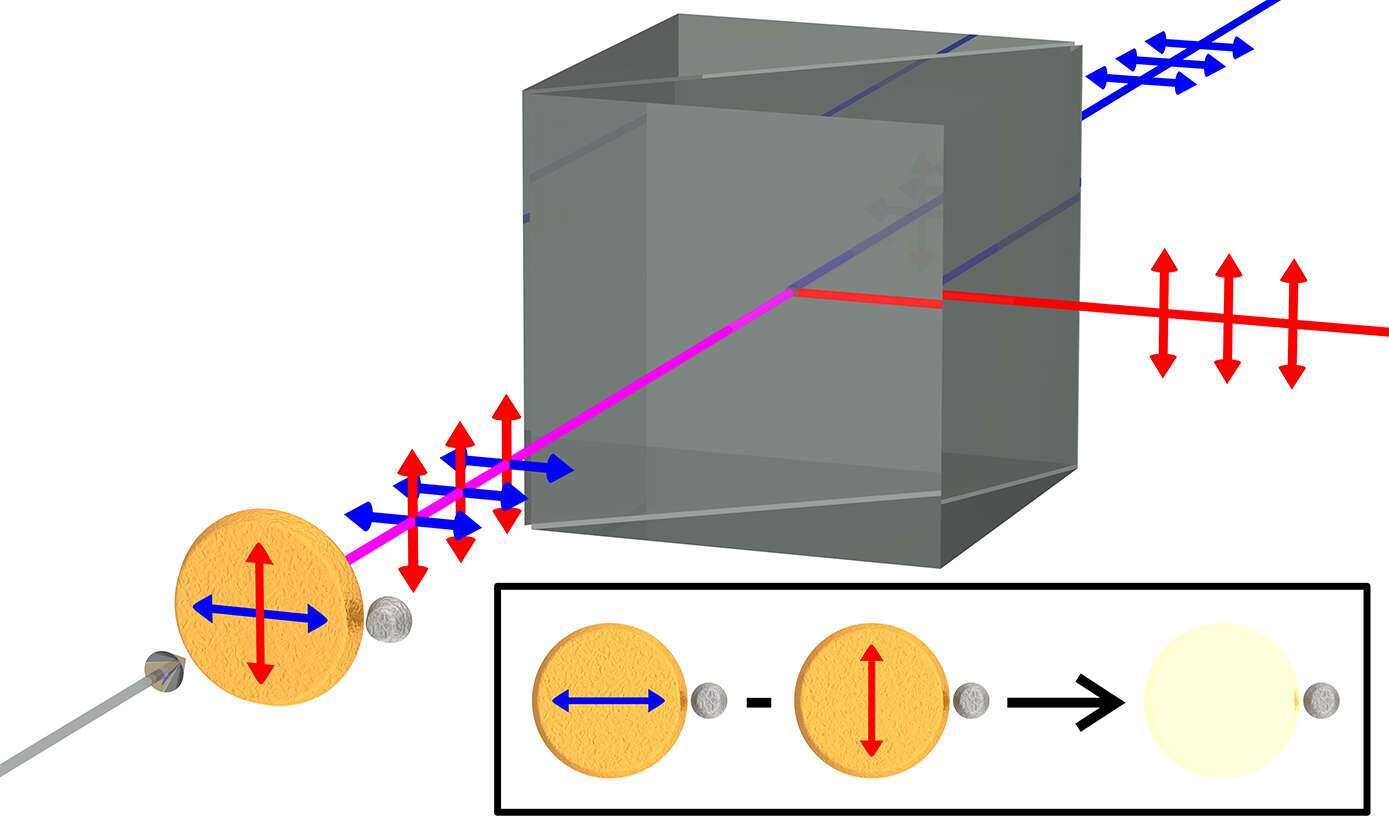
Drift-Corrected Nanoplasmonic Sensing by Polarization
Plasmonic sensors have shown great promise in a large number of different areas, e.g. biosensing, material science, and chemosensing. The main reason for their success stems from the fact that the LSPRs in metallic nanoparticles are sensitive to many different processes, including properties of the sensor itself (material, size and shape); the dielectric environment around the sensor; and also temperature. However, this strength is also one of the largest weaknesses in that it can be challenging to isolate the desired signal from unwanted other contributions. One way usually applied to tackle this problem is separate reference measurements on, e.g. a blank sample. However, it is hard to perform two identical measurements on two exactly identical samples, with the only difference being the signal stemming from the process of interest. Moreover, sensor aging may become an issue and give rise to faulty readings when long-term use is targeted, in particular under harsh conditions.
Here we present a simple but yet very effective way to solve the aforementioned issues by simultaneous readout of two light polarization signals using a polarizing beamsplitter. By careful sample design utilizing a dimer structure with a sensor particle and an adjacent active particle, the sensor couples to the active element in one polarization but not the other. In this way the measurement obtained with one polarization can be used to “self-reference” the sensor. In other words, the actual measurement and the reference measurement can be carried out at the same time, in the same run and on the same spot on the sample. This way, signals related to ageing, temperature and light source fluctuations, etc. are easily eliminated. This principle is demonstrated by a drift-corrected hydrogen sensor consisting of a Au sensor disk and an adjacent active Pd particle, see figure. We show that this approach efficiently corrects unwanted signals and thereby greatly enhances the sensor’s stability upon repeated exposures to hydrogen and elevated temperatures.
carl.wadell@chalmers.se

Powered by Eventact EMS